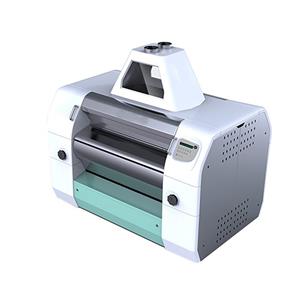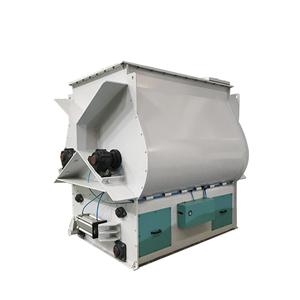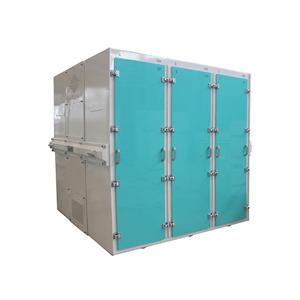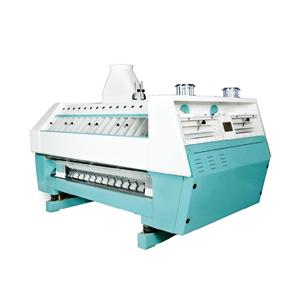Advantages and disadvantages of horizontal rice milling machine
Advantages of horizontal rice mill
1. Smooth operation. The bearing only bears radial force, the bearing stress caused by unbalanced force and the torque of the whole machine are small. The horizontally installed whitening roller does not have high requirements for manufacturing and assembly; the technical requirements for the corresponding structural parts are general;
2. The volume and weight of unit output are small. Due to the large axial driving force and the large flow rate of rice grains, the diameter of the whitening roller and the annular area of the whitening chamber are both small, and the volume and weight of the whole machine are small under the same material flow as the vertical rice mill. Lighter, combined with lower manufacturing technology requirements, and lower cost;
3. It is convenient to disassemble and assemble the emery roller in the horizontal direction of the rice mill, saving time and effort;
4. The rice output rate is high, the spiral groove makes the density of the rice grain fluid over the entire length of the whitening chamber more uniform, the tumbling movement is good, and the degree of grinding on the rice grains is even;
5. It is convenient and reasonable to combine two white rollers in a rice mill with coaxial or different shafts.
Disadvantages of horizontal rice milling machine
1. Gravity affects the centrifugal acceleration of the rice grains, creating a difference between the upper and lower parts of the whitening chamber, and affecting the uniformity of the whitening degree;
2. The number of rice knives is small, the material is hard, and some are not easy to adjust. For example, the fixed rice knives in the middle and lower parts need to be stopped for adjustment. Although the steel rice knives are wear-resistant, they are easy to damage the rice grains and increase the broken rice rate;
3. The chaff is easy to accumulate in the upper part of the whitening chamber;
4. The spiral groove needs to be repaired manually after wear, and the quality after repair varies from person to person; the sand roller is $35 in series, and cannot be adjusted or partially exchanged after wear, and the maintenance cost is high.





